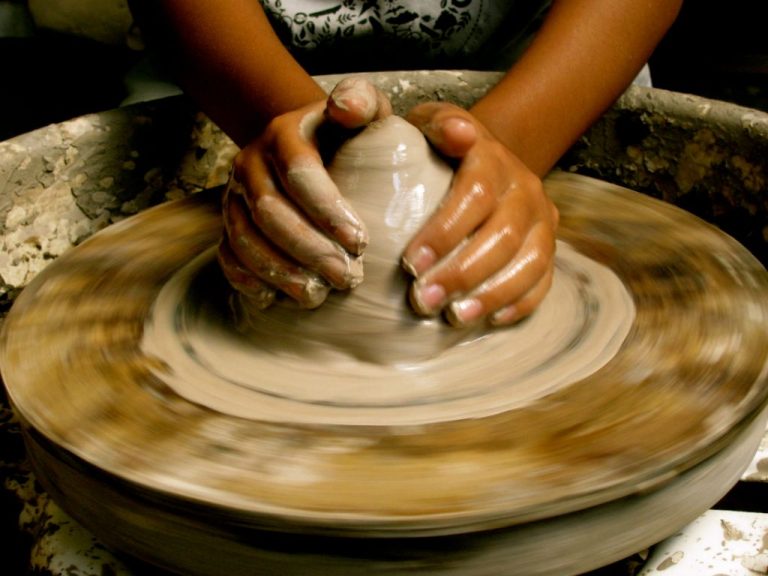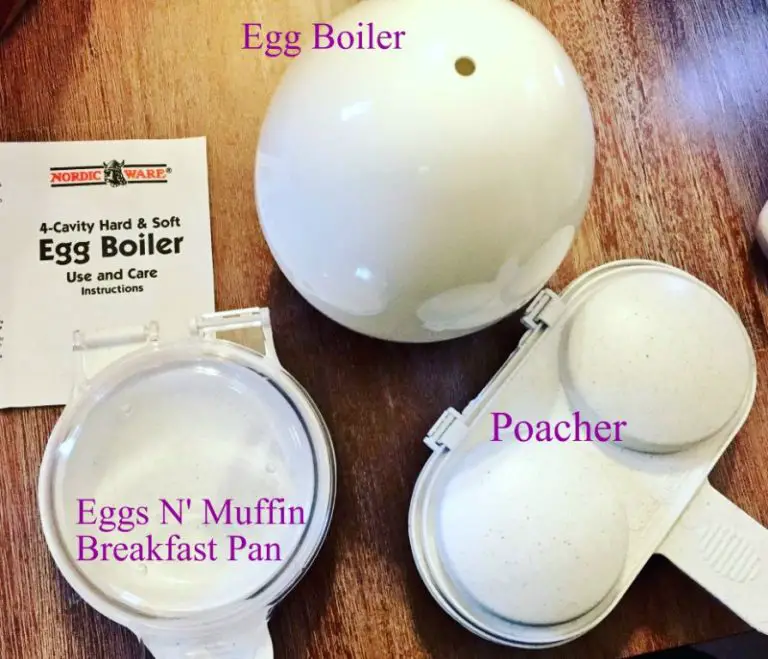Do You Cut Tile Wet Or Dry?
Cutting tile is an important part of any tile installation project. Tile can be cut either wet or dry. Wet cutting involves using water to cool and lubricate the blade while cutting. Dry cutting does not use any water. Both techniques have their advantages and disadvantages.
When deciding between wet and dry cutting tile, it’s important to consider the type of tile, the required precision, dust control, overheating, convenience and versatility. Many professionals recommend wet cutting due to the increased precision, reduced overheating and blade wear. However, dry cutting can be more convenient and versatile for making quick simple cuts.
This article provides an overview of the wet and dry tile cutting processes, including the benefits and downsides of each. It aims to help readers determine when it’s best to use wet or dry cutting for their specific tile installation project and cutting needs.
What is Wet Cutting?
Wet cutting is the process of cutting ceramic, porcelain, or stone tiles using water to cool the blade and reduce friction. This method uses a special saw called a wet saw that flows water over the blade while cutting. The water helps lubricate the blade, minimize dust and debris, and prevent the blade from overheating when cutting hard materials like porcelain or stone.
In wet cutting, the tile is placed face up on the sliding table of the wet saw. The operator holds it steady and slides the tile into the spinning diamond blade, cutting through the tile as water flows over the surface. The water reduces heat and friction, allowing clean and precise cuts without chipping or cracking the tile. This makes wet cutting suitable for straight cuts and detailed shapes.
Overall, wet cutting provides a cleaner, more accurate cut and helps prolong the life of the saw blade when working with very hard tile materials. It’s the preferred method for professionals cutting tile for installations.
Benefits of Wet Cutting
One of the biggest benefits of wet cutting tile is that it reduces dust and debris during the cutting process. When tile is cut dry, the blade grinding against the tile creates a fine powder that flies everywhere. This tile dust can create a big mess and float around in the air where it can be accidentally inhaled. With wet cutting, the stream of water keeps this dust under control. The water cools the blade and lubricates it, which also improves cutting performance. As the blade cuts into the tile, the water captures the particulate and flushes it away. This keeps the dust contained and prevents it from making a mess in your workspace1. Wet cutting tile drastically cuts down on the amount of airborne debris, resulting in a cleaner and healthier environment.
Disadvantages of Wet Cutting
While wet cutting tile has benefits, there are some potential downsides to consider as well. One of the main disadvantages is that it can lead to water damage if not done properly. Cutting tile with water produces a wet slurry that can soak into surfaces or pool on the floor. According to Rubi.com, “When cutting indoors, make sure the saw is set up properly and that the slurry is contained. If water leaks under cabinets, walls, or floors it can cause a lot of damage over time.”
It’s important to have good ventilation and set up plastic sheeting or tarps to protect surfaces when wet cutting indoors. The slurry spray can also damage nearby objects, so anything valuable should be covered or removed from the area. Operators need to take care to fully clean up any slurry and standing water when finished to prevent issues. With proper precautions, wet cutting indoors can be done safely, but it does require extra setup and vigilance compared to dry cutting.
What is Dry Cutting?
Dry cutting refers to cutting tile without water. It involves using a specialized blade that does not require water cooling. The blade has segmented welds that disperse heat so that water is not needed during the cutting process. Dry cutting is designed for short, intermittent tile cutting sessions.
The most popular tool used for dry cutting tile is a manual tile cutter. These cutters have a carbide wheel that scores the tile so it can be snapped. Other tools like angle grinders with diamond blades can also be used for dry cutting. The key is that no water is used to cool the blade during cutting.
With dry cutting, dust is produced as the blade cuts through the tile. This dust needs to be cleaned up and proper safety precautions should be taken to avoid breathing it in. Dry cutting is best for quick, straightforward cuts when you only need to cut a few tiles. It offers convenience and portability for small tile cutting jobs.
Source: https://www.centuratools.ca/en/blog/post/wet-tile-vs-dry-tile-cutting/
Benefits of Dry Cutting
There are some key benefits to dry cutting tile instead of wet cutting:
- Dry cutting is usually faster than wet cutting tile. According to https://www.centuratools.ca/en/blog/post/wet-tile-vs-dry-tile-cutting/, dry cutting “is typically the fastest method for straight line cuts.” The tile saw blade operates at a high speed without needing water for cooling.
- Dry cutting equipment like tile snapper tools allow for quick straight cuts without the setup time required for a wet saw.
- Portable dry cutting tools can make cuts on-site for installations, compared to stationary wet saws.
In summary, dry cutting tile is often the fastest method, especially for straightforward cuts. The convenience and speed of dry cutting tools is a major benefit compared to wet tile saws which require more setup time.
Disadvantages of Dry Cutting
One of the main drawbacks of dry cutting tile is that it creates significantly more dust and debris compared to wet cutting (Centura Tools). The dry cutting process produces a fine powder that billows up into the air. This tile dust can spread over a wide area and make a mess. The dust takes time to clean up afterwards. Breathing in the silica-laden dust is also a health hazard if proper masks and ventilation are not used.
In contrast, wet cutting keeps the dust contained in water, minimizing airborne particles. The slurry can be cleaned up more easily after cutting. Wet cutting is often preferred for indoor tile work because it controls the mess better. Overall, dry cutting’s tendency to create clouds of hazardous dust is a major downside compared to wet tile cutting.
Wet vs. Dry Cutting Tile Comparison
When deciding between wet cutting or dry cutting tile, you need to weigh the pros and cons of each method. Here is an overview of the main benefits and drawbacks of wet and dry tile cutting:
Wet cutting tile:
- Pros:
- Cuts tile smoothly and precisely, especially for curved cuts
- Minimizes cracking, chipping, and breaking
- Cools and lubricates the blade, improving performance
- Reduces dust
- Cons:
- More expensive equipment (wet saws)
- Messier process
- Not ideal for small indoor jobs
Dry cutting tile:
- Pros:
- Less expensive equipment (tile cutters)
- Cleaner, drier process
- Good for straight cuts
- Portable for small indoor jobs
- Cons:
- Increased risk of cracking and chipping
- Not as precise on curved cuts
- Blades wear down faster
- Creates more dust
Recommendations
Both wet and dry cutting have their advantages, so the method you choose depends on the specifics of your project. Here are some recommendations on when to use each method:
Use wet cutting when:
- Cutting hard materials like porcelain, ceramic, stone, or glass tiles. The water helps cool the blade and prevent overheating.
- Making curved, detailed, or angled cuts. The water lubricates the blade allowing more precision.
- Cutting dense tiles over 1/4″ thick. Thicker tiles can wear down a blade faster without water.
- You need a clean cut with no dust. Water eliminates airborne tile particles.
Use dry cutting for:
- Making straight cuts in soft tiles like wall tile or mosaics. A sharp new blade can cut thin, soft tiles easily.
- Cutting outdoors where water isn’t available.
- Small jobs with just a few simple cuts. Dry cutting is quicker and easier.
- Tiles under 1/4″ thick. Thinner tiles don’t produce as much heat or friction.
Check the tile manufacturer’s recommendations too. Some tiles should only be wet cut to prevent cracking or chipping. When in doubt, wet cutting is gentler on the tile and produces less dust.
Conclusion
In summary, both wet and dry cutting have their advantages and disadvantages when it comes to cutting tile. Wet cutting reduces dust and keeps the cutting wheel cooler, but requires more cleanup and can lead to increased water damage if not done properly. Dry cutting is faster, cleaner, and doesn’t require containment, but produces more dust and wears down the blade faster.
When choosing between wet and dry cutting, consider factors like the tile material, your workspace and ventilation, the scale of the project, and your personal preferences. For small indoor projects, dry cutting may be preferred to limit mess. For large jobs with prolonged cutting, wet methods help manage dust. Outdoors, dry cutting avoids the risks of electric shock and water damage.
Ultimately there is no universally superior method. With proper precautions for containment and cleanup, both wet and dry tile cutting can be done effectively. Pay attention to equipment recommendations for different tiles and assess the tradeoffs for your specific tiling project.



